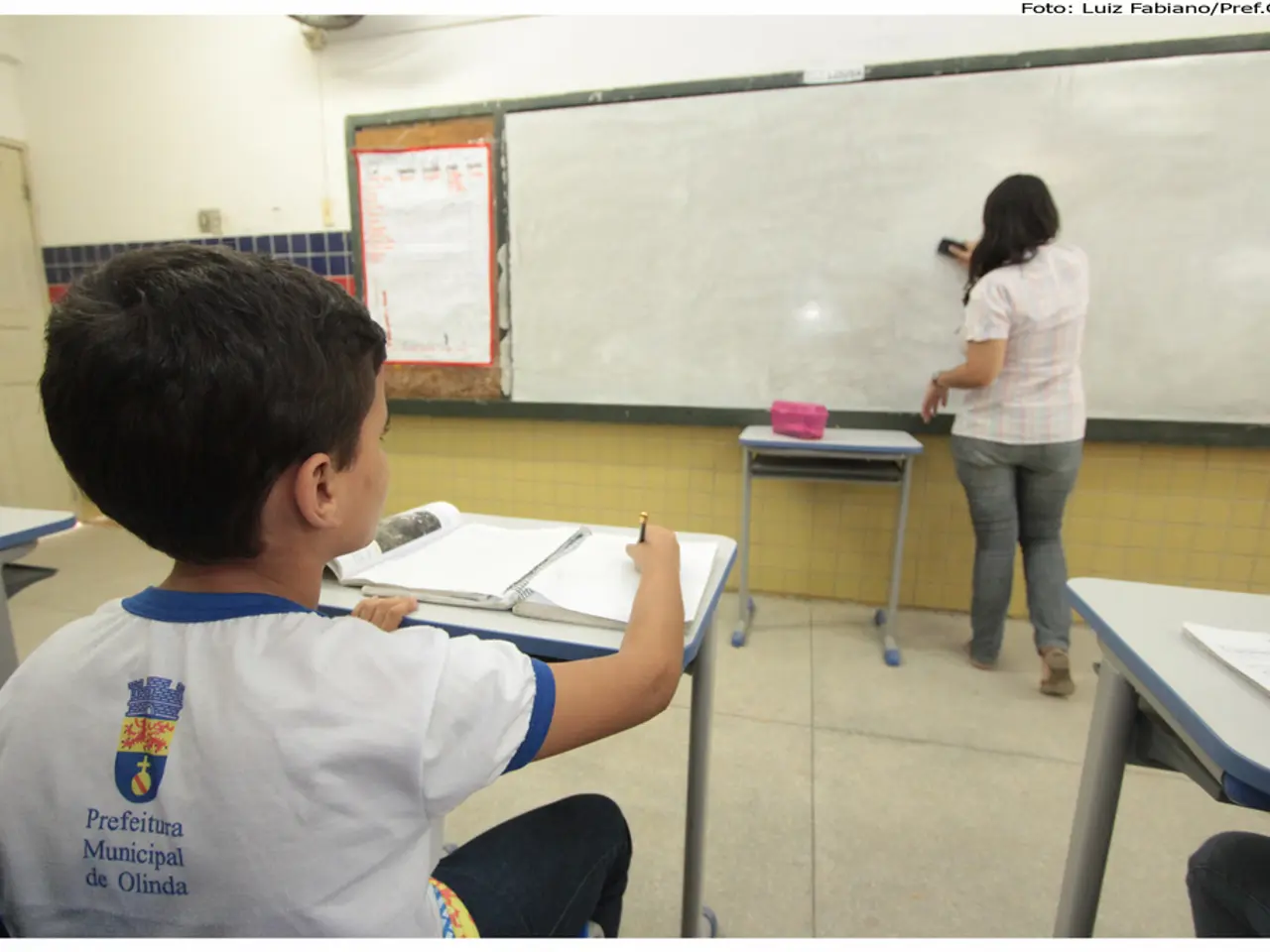Strategies for Monitoring and Evaluating Student Advancement and Academic Achievement
In today's educational landscape, the importance of tracking student progress cannot be overstated. Standardised tests serve as a common method for assessing student progress, providing a benchmark for student performance in key subject areas. This benchmarking is crucial, as it helps students set goals and understand their own academic growth, motivating them to continue striving towards their objectives.
Tracking student progress is essential to ensure that they meet necessary milestones and to assess their knowledge. Effective tracking allows educators to adjust teaching strategies in real-time, providing students with the right support at the right time. Self-assessment, where students reflect on their own learning, encourages a growth mindset and fosters a deeper understanding of their academic journey.
One of the key approaches to tracking student progress is the implementation of Student Progress Analytics Tools. These digital platforms collect and display real-time data on student performance, participation, and assignment completion. They can predict students at risk of falling behind, allowing for timely interventions. For teachers, this means more informed lesson planning; for administrators, better oversight; and for students, personalised support tailored to their learning paths.
Formative and summative assessments also play a significant role in progress tracking. Formative assessments, such as quizzes, exit tickets, and class discussions, provide ongoing feedback during lessons to identify learning gaps and adjust instruction dynamically. Summative assessments, such as standardised tests and final projects, evaluate mastery at the end of units or terms, helping allocate grades and plan interventions.
Setting SMART (Specific, Measurable, Achievable, Relevant, and Time-bound) goals aligned with student progress data is another key strategy. This clarifies targets and guides instructional focus effectively. Celebrating incremental successes, such as rewarding achievements with incentives, motivates students and highlights progress in specific skills.
Choosing flexible, user-friendly tools is also crucial. Platforms like Progress Learning and other digital assessment tools streamline classroom routines and data interpretation without overwhelming teachers with analytics. Features like integrated diagnostics and state-standard alignment help translate data into practical teaching actions.
Incorporating peer and self-assessments is another effective method. Encouraging students to evaluate their own and each other's work fosters reflection and ownership of learning, complementing teacher assessments.
By combining these methods, schools create a comprehensive ecosystem that continuously monitors and supports student progress, leading to improved educational outcomes through timely, data-informed decisions and personalised learning experiences. Personalised learning paths allow students to progress at their own pace and track their own performance against set goals.
Technology makes it easier for educators to identify trends, set benchmarks, and adjust teaching methods to better serve their students' needs. By using a combination of methods, educators can ensure that students are receiving the right level of challenge and support. Teachers' observations provide qualitative feedback on students' social, emotional, and cognitive development.
Effective progress tracking also enables parents and guardians to stay informed about their child's academic performance. Employing a combination of methods is key to getting a holistic view of a student's development. The results of standardised tests are useful for comparing a student's performance to that of their peers on a national or regional level, but they are not the only method for tracking student progress. Schools that effectively implement these strategies are well-positioned to foster student success and educational growth.
Student Progress Analytics Tools, such as Progress Learning, can assist in tracking student progress by collecting and displaying real-time data on performance, participation, and assignment completion. This data-driven approach allows educators to adjust teaching strategies in real-time and provides students with personalized support tailored to their learning paths, fostering a growth mindset and encouraging personal growth through effective learning.
By setting SMART goals aligned with student progress data and incorporating formative and summative assessments, teachers can clarify targets, guide instructional focus effectively, and evaluate mastery at key intervals. This holistic approach to progress tracking, combined with peer and self-assessments, creates a comprehensive ecosystem that supports student development, ensuring they receive the right level of challenge and support for their individual needs.




